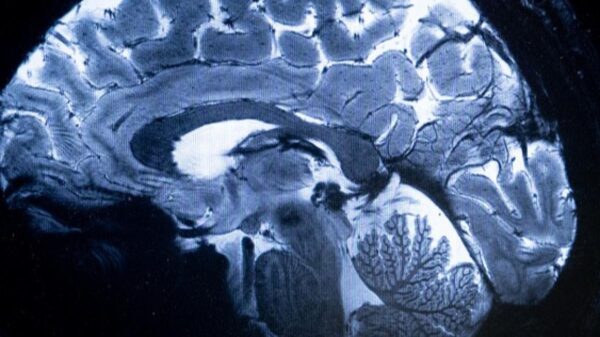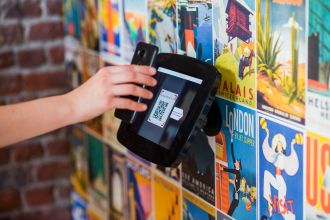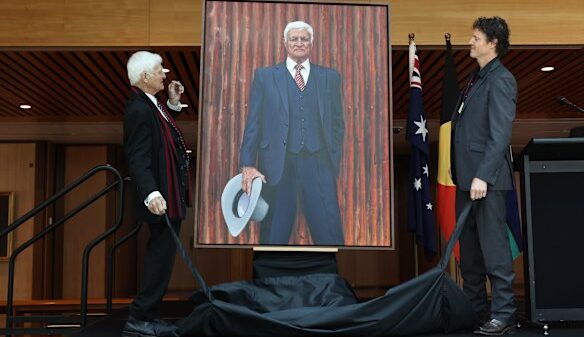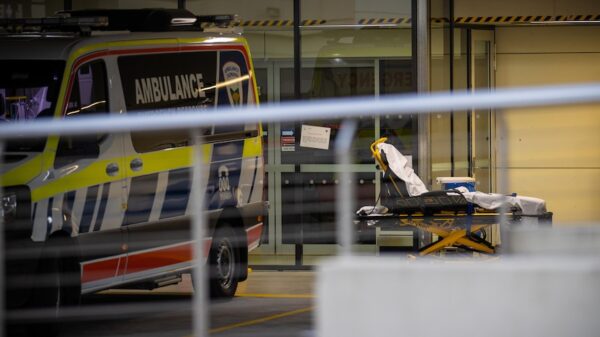URGENT UPDATE: New Zealand’s digital contact tracing (DCT) technology has not met expectations in effectively identifying and alerting individuals exposed to COVID-19, according to a new report released by the Pasifika Medical Association Group. The findings highlight significant shortcomings in QR code and Bluetooth features, revealing that data were not routinely utilized by contact tracers due to cumbersome manual processes.
The report, published in the New Zealand Medical Journal, emphasizes that while many Kiwis adopted DCT tools, the reliance on QR codes and Bluetooth logs did not yield the anticipated results. The self-service online form, however, emerged as a success, with users completing it swiftly, enabling rapid notifications to contacts at scale.
KEY FINDINGS:
– The DCT system struggled with efficiency during critical moments of the pandemic.
– Manual steps in the tracing process delayed response times, undermining the technology’s potential.
– The online self-service form was the most effective tool, demonstrating quicker data collection and notification.
Officials stress the necessity for improvements in DCT to enhance usability, boost public trust, and ensure accessibility—especially for priority communities. This is crucial for future health crises, particularly during fast-moving outbreaks when manual tracing becomes overwhelmed.
NEXT STEPS: The Ministry of Health, which funded the research under the COVID-19 and National Immunisation Programme research fund, is urged to address these issues promptly. Collaboration among institutions, including the University of Canterbury, University of Otago, Massey University, University of Waikato, and Toi Ohomai Institute of Technology, is crucial to refine the DCT approach.
As the world continues to grapple with the implications of COVID-19, the urgency for effective contact tracing technologies remains paramount. The findings underscore the need for immediate action and innovation in public health strategies to better serve communities during health emergencies.
This developing story highlights the lessons learned from past experiences, emphasizing the critical need for smarter, more reliable health technology moving forward.

































































